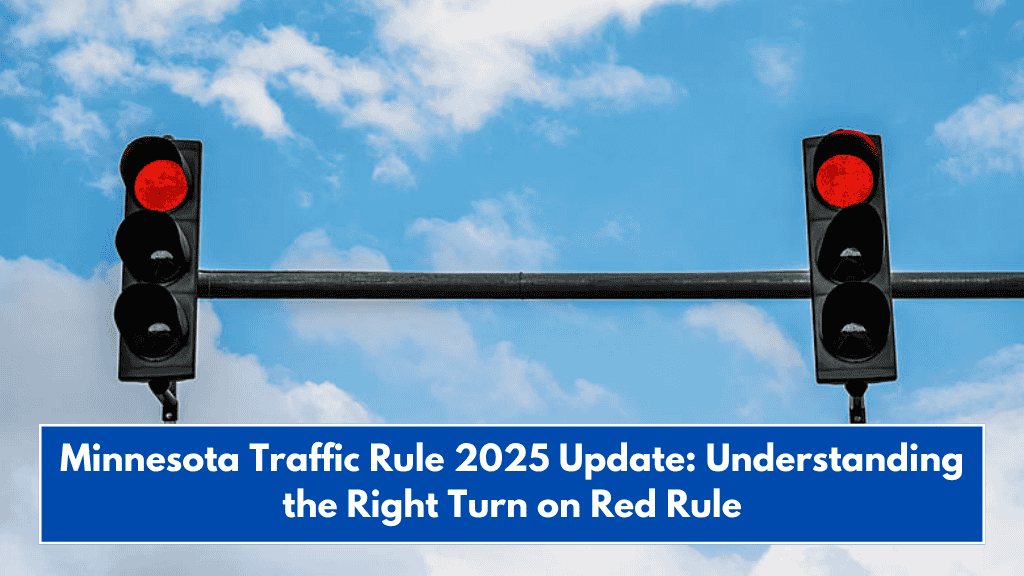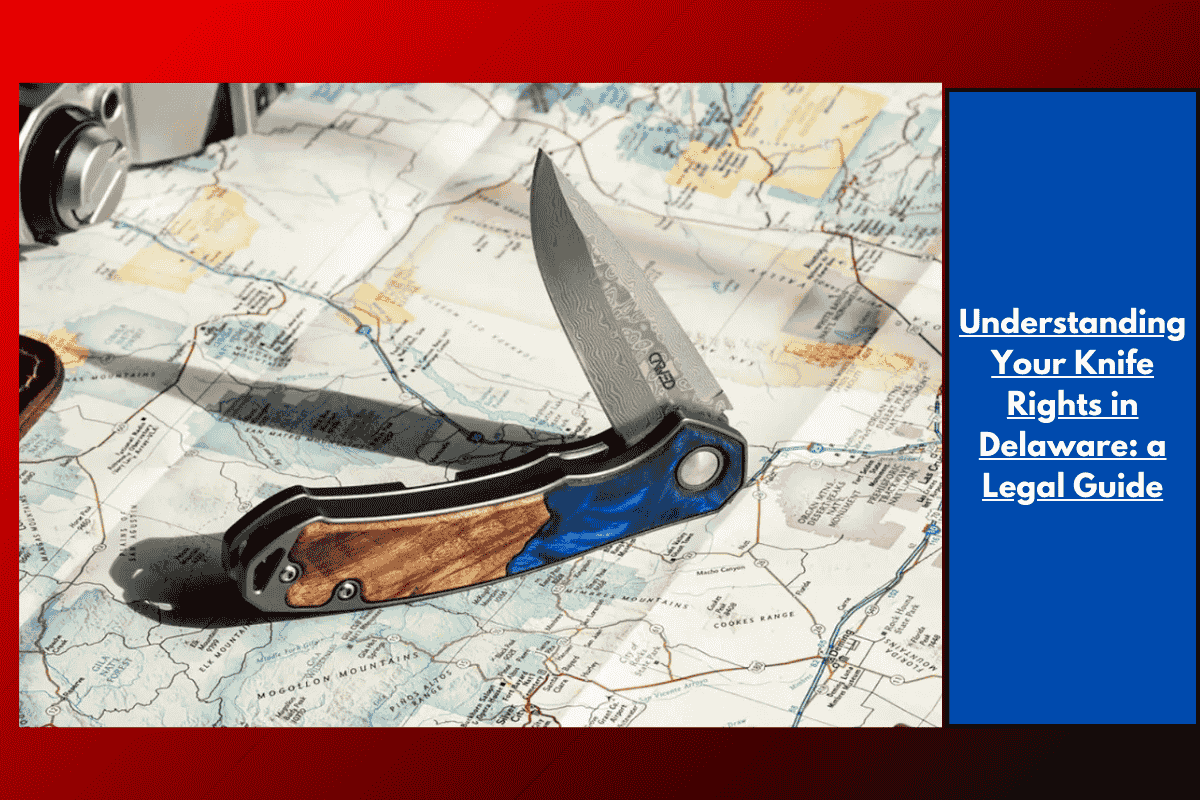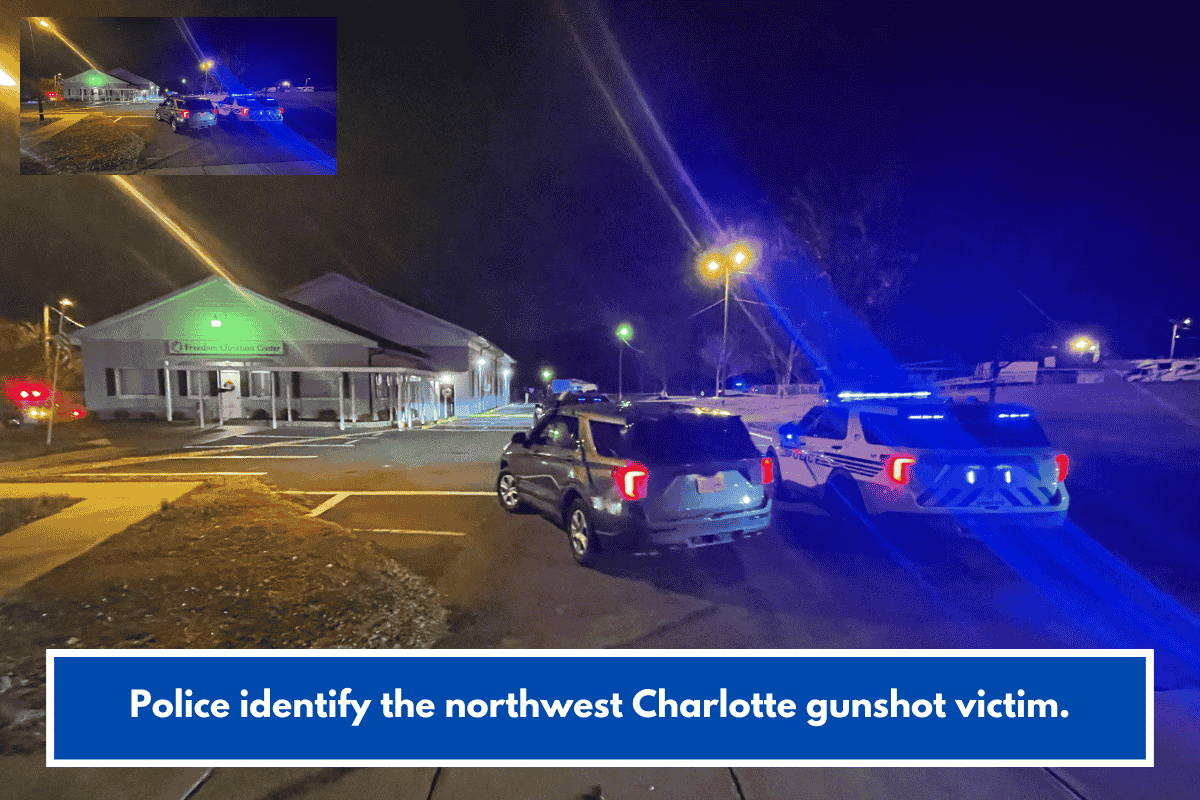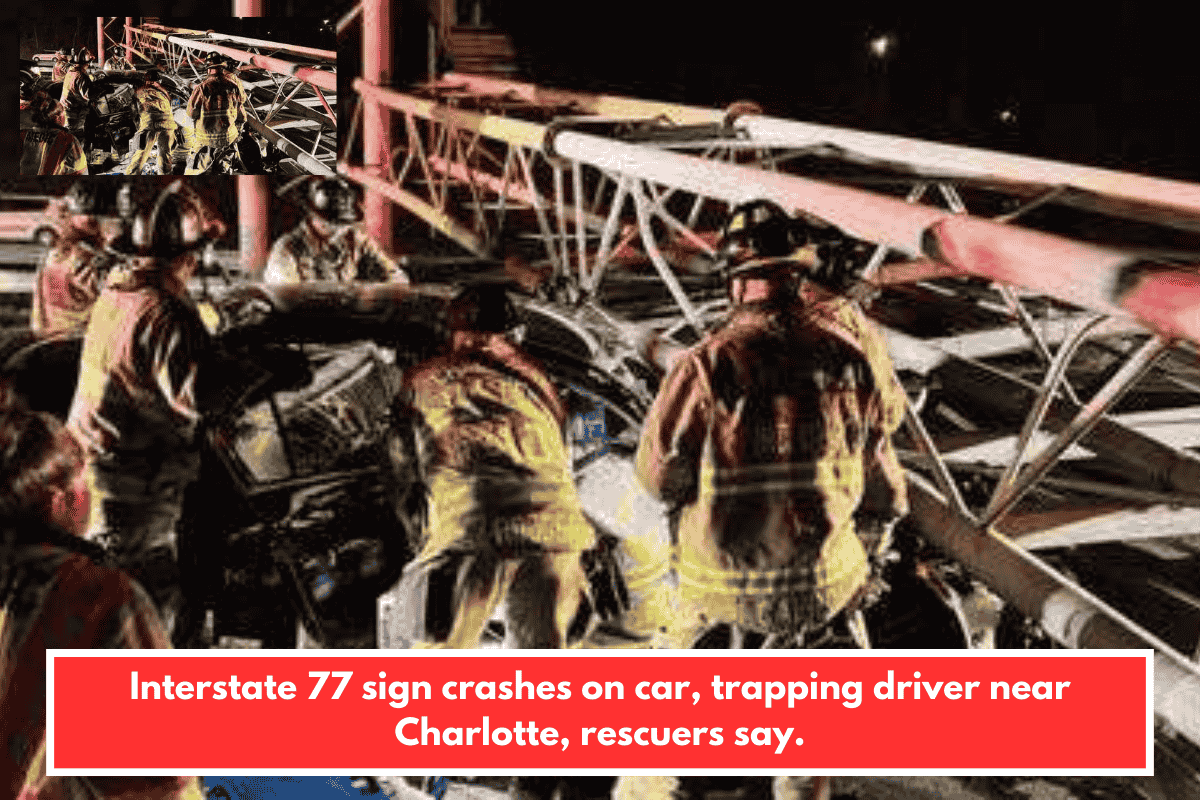Right-of-way laws are crucial for safe driving. Knowing when to yield to other drivers can prevent accidents and keep everyone on the road safer. While you might already be familiar with local traffic laws, it’s always a good idea to brush up on them from time to time.
1. Four-Way Stops
At a four-way stop, the general rule is that the first vehicle to arrive at the intersection has the right-of-way. Vehicles should proceed in the order they arrived. But what if two vehicles arrive at the same time? Here’s how to handle it:
- If both vehicles will not cross each other’s path (e.g., both are going straight), they can proceed simultaneously.
- If both are going straight but will cross each other’s path, the driver on the right has the right-of-way.
- If one is turning and the other is going straight, the driver going straight has the right-of-way.
- If one vehicle is turning left and another is turning right, the right-turning driver has the right-of-way.
2. Two-Way Stops
When approaching a two-way stop, drivers must always yield to traffic that is not stopping. If another vehicle is stopped on the other side of the intersection, the driver who arrives first has the right-of-way once cross-traffic clears. If both vehicles arrive at the same time, the same rules apply:
- If neither vehicle will cross the other’s path, both can proceed.
- If one vehicle is turning and the other is going straight, the driver going straight has the right-of-way.
- If one vehicle is turning left and the other is turning right, the right-turning driver has the right-of-way.
3. Yield Sign Intersections
At yield sign intersections, you do not always have to stop, but you must slow down and yield to other vehicles or pedestrians. If there are no obstacles (like vehicles or pedestrians), you can proceed without stopping. If there are any, you must stop and wait for the road to clear before continuing.
4. Left Turns
When turning left, you must always yield to oncoming traffic. However, if you’re turning left on a green arrow, oncoming traffic must stop and yield to you.
5. Traffic Light Intersections
Traffic lights are simple—green means go, red means stop, and yellow means prepare to stop. But there are a few exceptions:
- If there are still vehicles in the intersection when the light turns green, yield to them before proceeding.
- Flashing yellow light: Move cautiously, but don’t have to stop.
- Flashing red light: Treat it like a stop sign.
- Traffic lights are out of order: Treat it like a stop sign.
6. Roundabouts
Roundabouts might confuse some drivers, but they are simple once you know the rules:
- Always move counterclockwise in a roundabout (you will be turning right when entering).
- Yield to traffic already in the roundabout before entering. After you’ve entered, you have the right-of-way over vehicles that are still trying to enter.
Special Rules for Minnesota Right-of-Way Laws
While the basic rules of right-of-way apply to all vehicles, Minnesota has special rules in certain situations:
Pedestrians
In Minnesota, drivers must yield to pedestrians—even if the pedestrian is breaking the law. For example, if a pedestrian is jaywalking, you must still stop or slow down to avoid an accident.
Cyclists
Like motor vehicles, cyclists must follow the same right-of-way rules. Drivers must also yield the right-of-way to cyclists when applicable.
Motorcyclists
Motorcycle riders are subject to the same right-of-way laws as other drivers.
Emergency Vehicles
If an emergency vehicle is using its lights or sirens, all other vehicles must pull over to the nearest curb or shoulder and stop until the emergency vehicle has passed. However, if the emergency vehicle is not using its lights or sirens, treat it like any other vehicle.
Funeral Processions
Funeral processions must also be yielded to, just like emergency vehicles. Pull over and stop your vehicle until the procession has passed.
Always Remember the Golden Rule
Even if the law says you have the right-of-way, remember to yield if not doing so would cause an accident. Not all drivers may be aware of the rules, and safety should always be the priority.
Have You Been Injured in a Car Accident?
If you or a loved one were injured in an auto, truck, or motorcycle accident, you may be entitled to compensation. SiebenCarey has been helping victims of accidents for over 70 years, and they can:
- Answer your questions
- Explain your rights
- Investigate the details of your accident
- Build a solid case for you
- Help you recover every dollar of compensation you deserve
Best of all, they work on a contingency fee basis—you win or you don’t pay!














